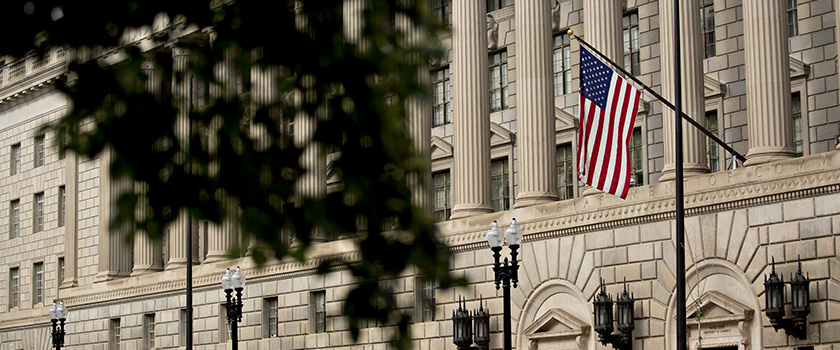In January, gold traded in a tight range of between USD 2,000 and USD 2,050 per oz. This tight trading range reflected a generally subdued trading environment – three-month implied volatilities fell to levels of around 10% – which is a relatively low level of volatility for the yellow metal.
This constrained volatility profile reflects several factors. First, we have seen a continuation of falling inflation dynamics in most of the major economies, and a stabilisation in inflation expectations. Second, events in the Red Sea have not led to a sustained surge in energy prices, thus limiting secondary inflation effects. Third, central banks have pushed back against the prospect of rate cuts in Q1, thus limiting short-term upside gold moves.
Coming into March, we anticipate that gold will continue to consolidate and trade towards USD 1,950 per oz. We note that US ten-year TIPS yields (our proxy for real rate expectations) have risen to levels of around 1.9%, up from 1.65% only a few weeks ago. Higher real rate expectations will limit any aggressive upside potential for gold in the short term, and in the absence of upside momentum we may see CTAs reducing gold positions, meaning that a break towards USD 1,950 is feasible.
However, any downside below these levels will prove to be short-lived. While the US Dollar Index has surged to levels of around 104, we do not believe that aggressive USD appreciation will be sustained over the remainder of the year. This means that as the USD weakens in the second half of the year, gold will rise given longstanding negative correlations with the greenback. This means that any dip below USD 1,950 per oz will prove to be a decent buying opportunity for investors.
We note that investors appear to be underinvested compared with recent historical averages, both in the ETF and in the futures space. The upshot of this is that investors will use any substantial decline to increase gold positions, which makes perfect sense considering the plethora of geopolitical risks. Central banks will continue to increase their gold holdings in 2024, as they did in 2022 and 2023, which will support pricing. The World Gold Council believes that central bank demand has added around 15% to gold prices in recent years, and this is expected to continue.
The forthcoming US presidential election campaign also poses upside risks for gold. Markets are likely to focus on US debt sustainability issues. With already elevated debt levels and no plan for fiscal retrenchment in sight, gold will benefit from the perception that this issue will not be addressed in a timely manner.









